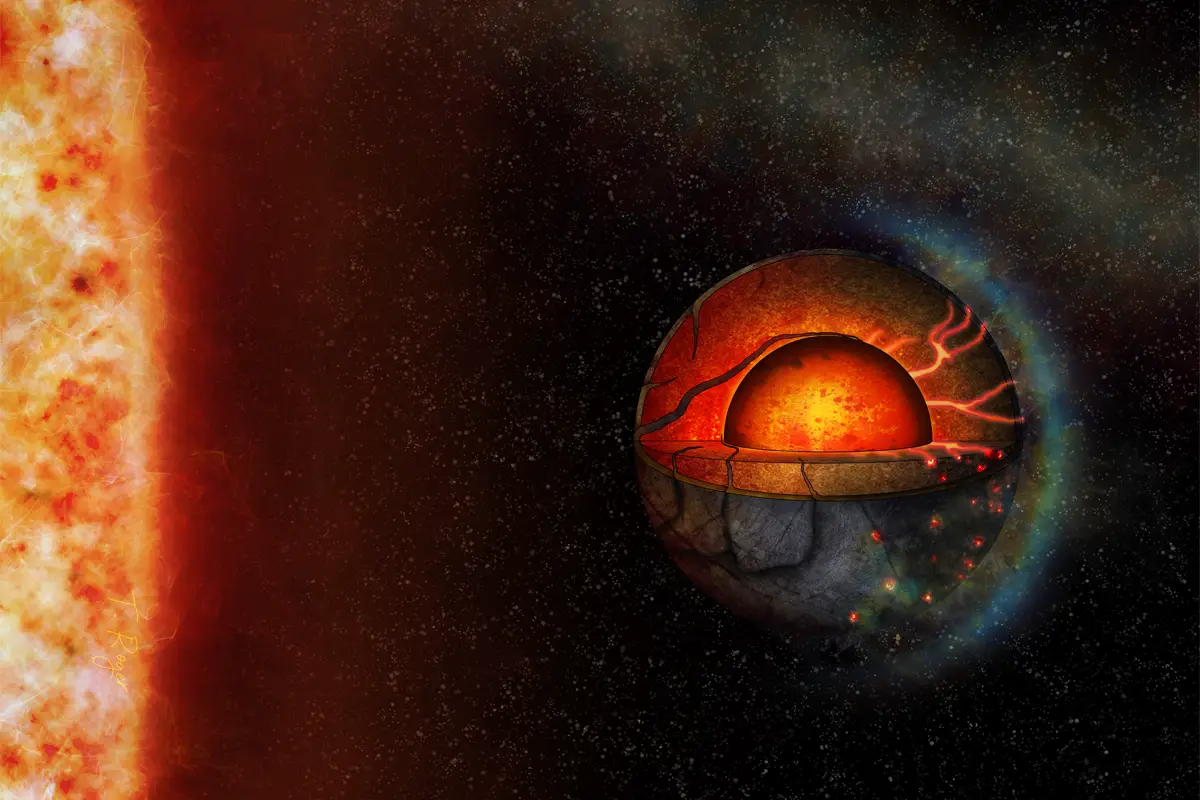What Are Neutrinos?
Neutrinos are tiny, almost massless particles. They are reproduced by nuclear reactions in the Sun and other stars, radioactive decay, and high-energy cosmic rays striking the Earth’s atmosphere. Electrically neutral, they can stream through ordinary matter with little or no interaction. Neutrinos are subatomic particles with no electric charge and shallow mass. They pass through ordinary matter almost without interacting with it. This is why they are sometimes named as “ghost particles.”
Many years ago, an experiment was conducted to see if neutrinos have mass. The investigation showed that neutrinos have a group and can oscillate between different flavors depending on their packs (which is why they are called flavor oscillation). This helped us understand one of the fundamental particles in our Universe: the neutrino.
Neutrinos are some of the most abundant but least understood particles in our Universe. They have no charge, and they hardly interact with any other matter, making them a challenge to study. Their name comes from the Italian for “little neutral ones,” which is more poetic than their actual scientific name, “neutrinos.”
The discovery of the Higgs boson, the so-called God particle, in 2012 made front-page news worldwide. But it was just one milestone in a decades-long effort to understand why some particles have mass and others don’t. Researchers are now turning their sights to a new area that they hope will yield similar results: dark matter.
What Is Dark Matter?
Dark matter is a strange substance that is thought to provide the bulk of the mass in the Universe. However, it has not been directly observed, and its exact nature remains unknown.
Dark matter may be composed of different elementary particles than those that make up ordinary matter, such as protons and electrons.
Dark matter is a transparent kind of material that makes up about 27% of the Universe. It was first discovered in 1933 through its gravitational effects, but it wasn’t until 1983 that scientists could detect dark matter directly. This mysterious substance has captivated scientists for decades, and it doesn’t show any signs of slowing down.
Relation between Neutrinos and Dark Matter
Neutrinos are absorbing particles. They interact very weakly with other matter, so they pass through the Earth as if it weren’t even there. The Sun emits vast numbers of neutrinos every second—far more than it emits photons (light).
There is an exciting connection between neutrinos and dark matter, so let us take a closer look. Generally speaking, when you hear about the dark side of the Universe, it does not mean that there is someplace where light cannot reach. According to Newton’s law, the concept of dark matter was created to explain why galaxies rotate faster than they should. It is proven that the Universe consists of matter, antimatter, and radiation. The issue has been well studied, but there are still many unknowns. One of them is the exact nature of dark matter.
Existence of Dark Matter
When it comes to the Universe, there’s unknown plenty. The known Universe encompasses only four percent of what is out there. And scientists are still trying to figure out where this strange stuff exists. The research on dark matter has been ongoing since 1932, when Swiss astronomer Fritz Zwicky hypothesized its existence. He noticed that galaxies in a cluster were moving so fast they should be flying apart, and he theorized that there must be extra mass in the group to hold them together.
How do we know about neutrinos and dark matter?
The existence of these mysterious particles can be inferred from their effects on other matter. When a particle bumps into an atom, it transfers some energy to that atom. This changes its direction or causes it to emit light at a specific frequency. So we can see dark matter when it collides with (and thus slows down) visible matter, such as stars and galaxies. Similarly, physicists have seen evidence that neutrinos created by supernovae have been speeding through space faster than light. These observations indicate that both neutrinos and dark matter exist. But what are they? What do they look like? How do they interact with each other and normal matter? We don’t know yet.
![]()
